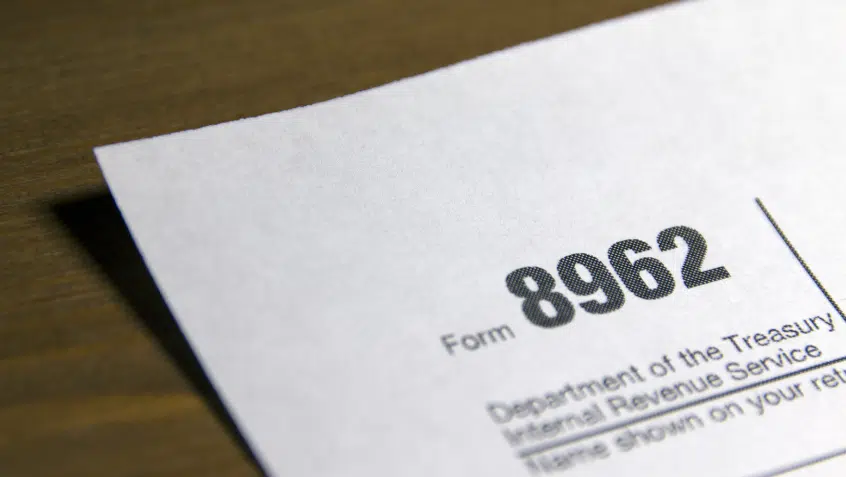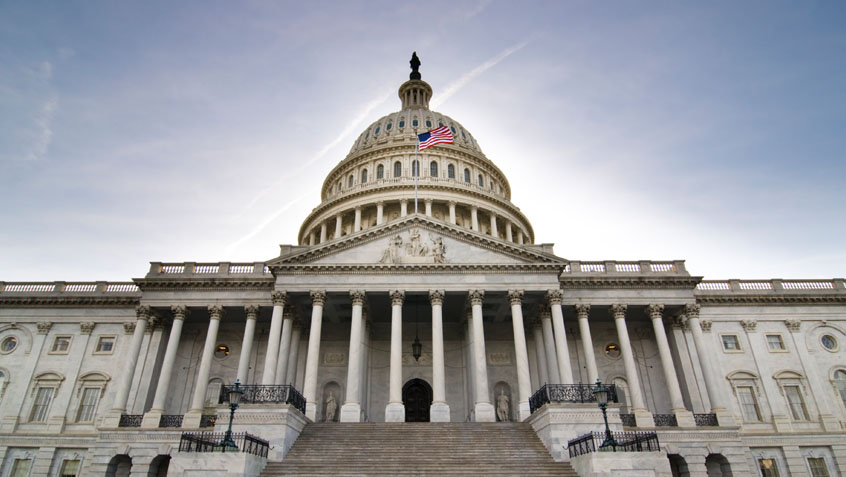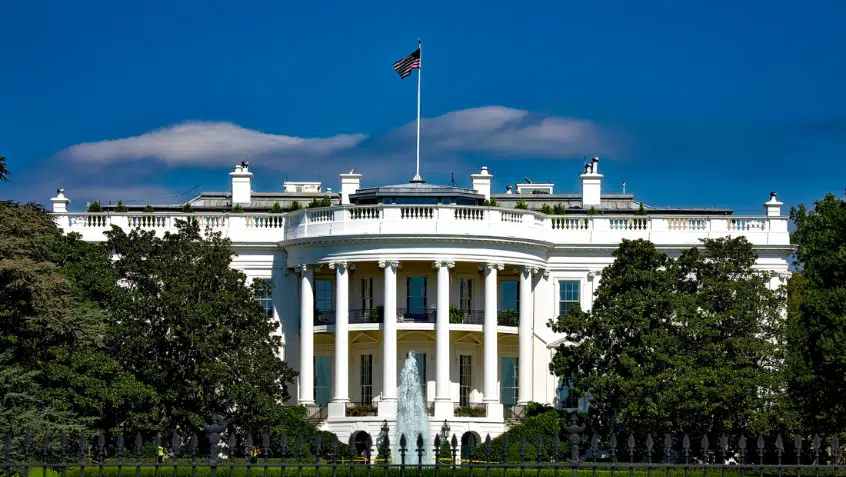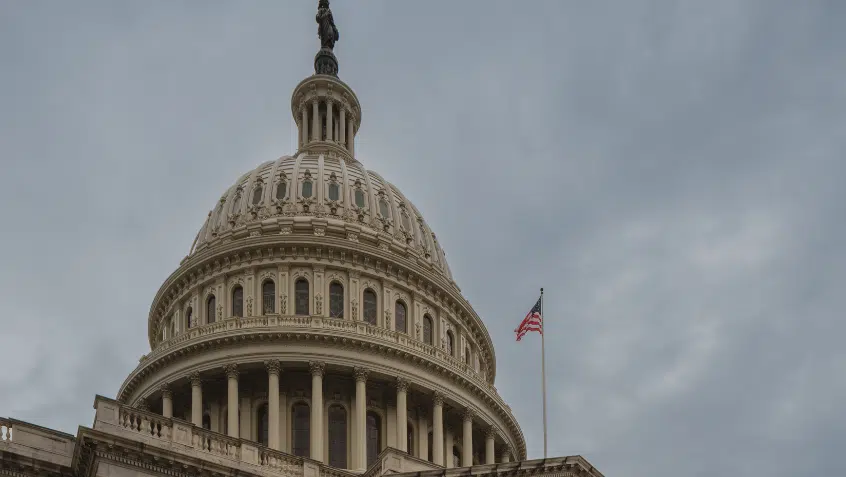Only Half of Eligible Beneficiaries are Receiving Help with Part B Costs

This week, a report for the Medicaid and CHIP Payment and Access Commission (MACPAC) examines the enrollment of likely eligible Medicare beneficiaries in Medicaid programs that assist with Medicare Part B premiums and cost-sharing, known as the Medicaid Savings Programs (MSPs).
In 2013, Medicaid paid for approximately 8.8 million beneficiaries to receive assistance with their Medicare costs through the MSPs, and that historically not everyone eligible for an MSP has actually enrolled. In this new release MACPAC presents data on MSP participation rates, updating prior, dated studies from 2003.
Using the most recently available data (2009 and 2010), the analysis shows that participation in the MSPs remains low: only 53% for the Qualified Medicare Beneficiary (QMB) program; 32% for the Specified Low-Income Medicare Beneficiary (SLMB) program; and 15% for the Qualifying Individual (QI) program. The analysis seeks to understand why low enrollment persists by comparing characteristics of MSP enrollees with those eligible but not enrolled.
For example, the authors find that people eligible but not enrolled in the QMB program, compared to those enrolled in QMB, were “more likely to be 65 and older rather than eligible for Medicare due to disability; more likely to be white, non-Hispanic; more likely to report excellent or very good health; and less likely to have limitations in activities of daily living (ADLs).”
The Latest
Most Read
Add Medicare to Your Inbox
Sign up to receive Medicare news, policy developments, and other useful updates from the Medicare Rights.
View this profile on InstagramMedicare Rights Center (@medicarerights) • Instagram photos and videos









